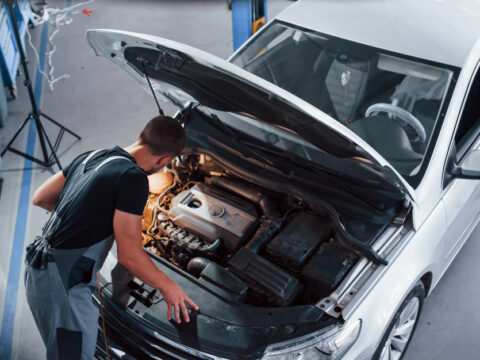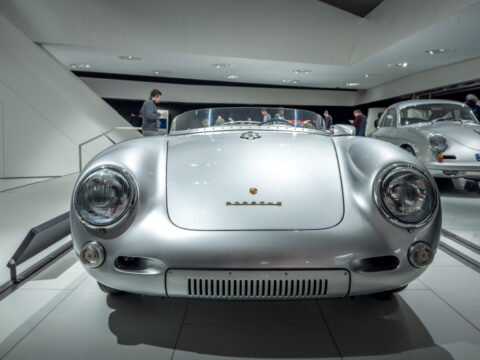Washing your car might seem straightforward, but many common mistakes can damage your vehicle’s appearance and value. In this article, we’ll highlight the 15 biggest car washing mistakes you must stop making to keep your car looking its best. From using the wrong products to neglecting crucial steps, we’ll help you avoid these pitfalls and achieve a spotless, shiny finish every time.
Contents
Using Dish Soap
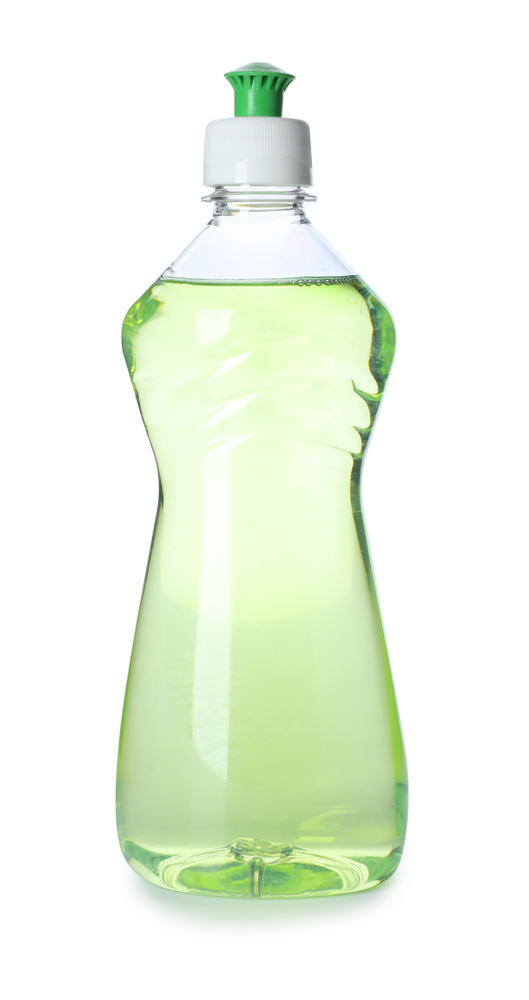
Dish soap is designed to cut through grease and oil, which makes it great for dishes but terrible for car paint. It strips away protective wax coatings, leaving the paint vulnerable to scratches and environmental damage. Use a dedicated car wash soap that is formulated to be gentle on your car’s finish.
Washing in Direct Sunlight
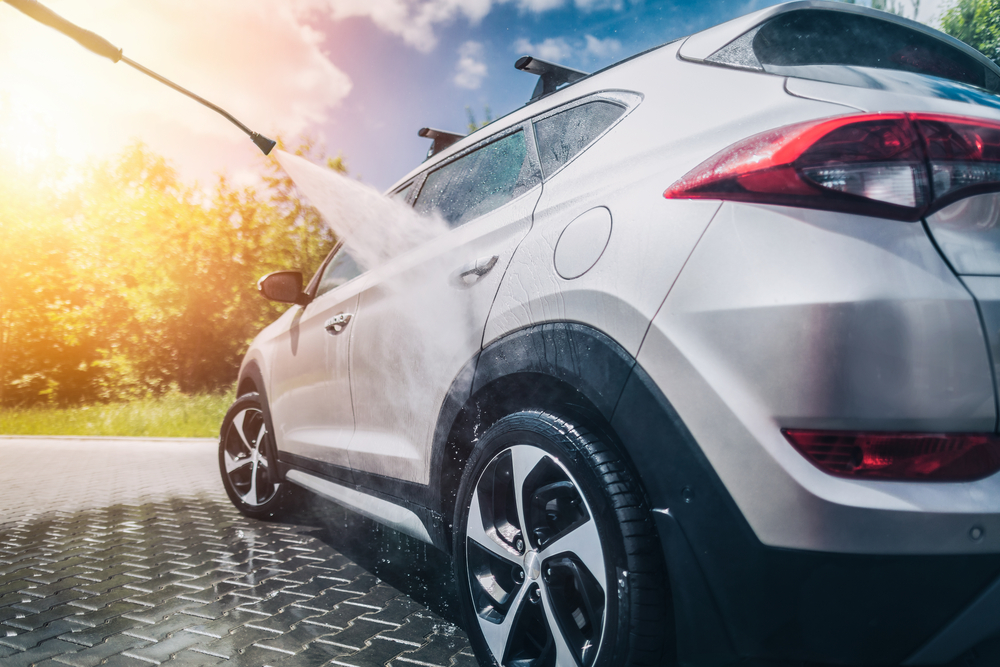
Washing your car in direct sunlight causes the water and soap to dry too quickly, leaving behind water spots and streaks. It can also cause the paint to heat up, making it more susceptible to damage. Wash your car in a shaded area or during cooler parts of the day to avoid these issues.
Using Dirty Sponges or Cloths
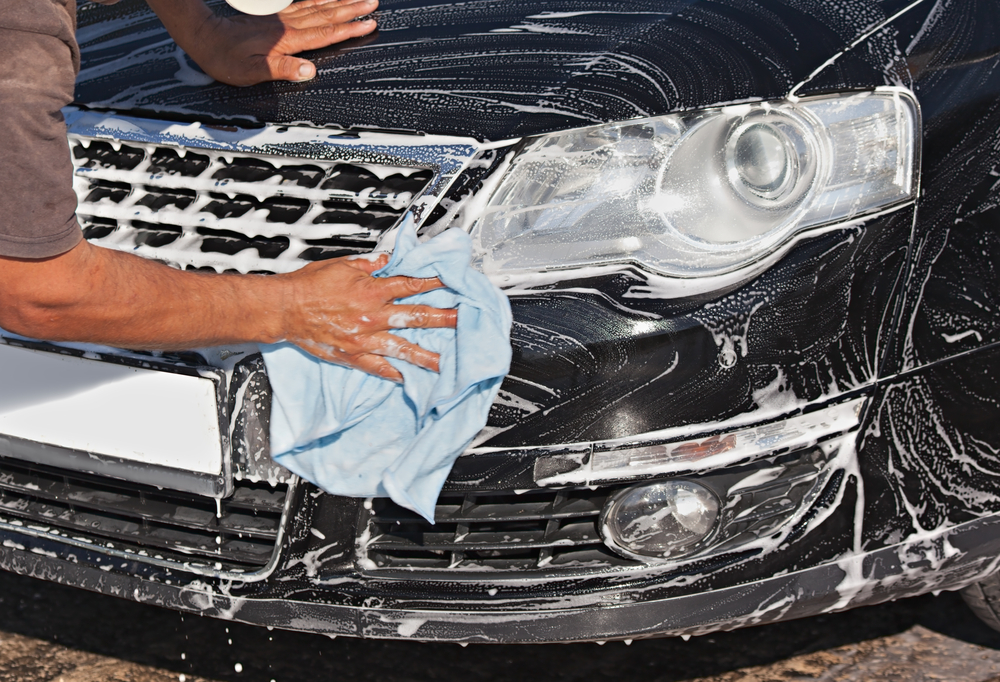
Dirty sponges or cloths can contain grit and debris that can scratch your car’s paint. Always use clean, soft microfiber cloths or sponges and wash them frequently during the process to prevent scratching.
Skipping the Pre-Rinse
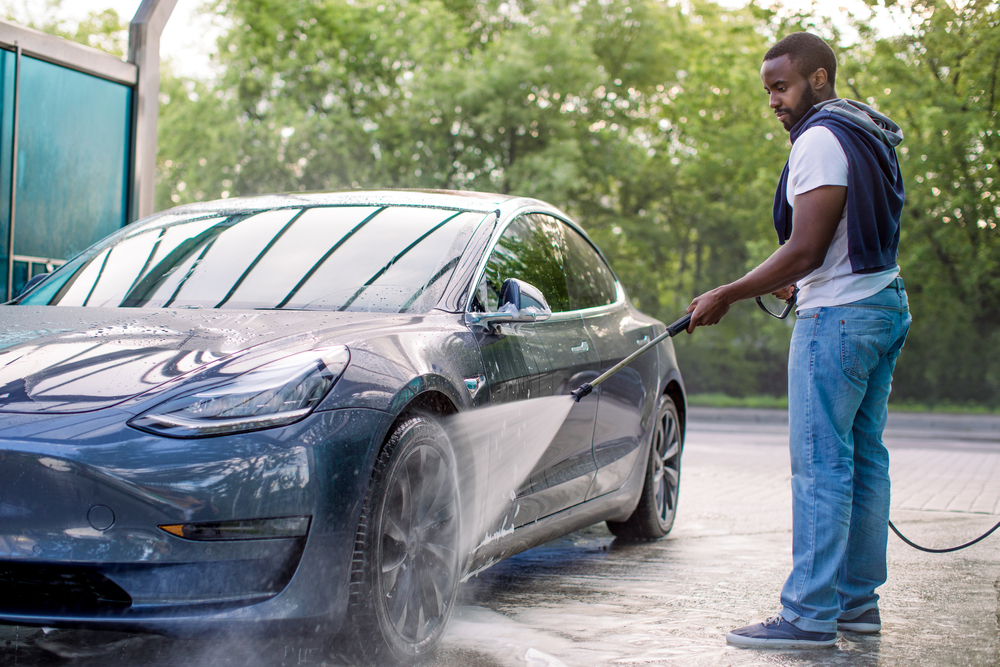
Pre-rinsing your car helps remove loose dirt and debris, reducing the risk of scratching the paint when you start scrubbing. Skipping this step can result in dragging abrasive particles across the surface, causing damage.
Using a Single Bucket
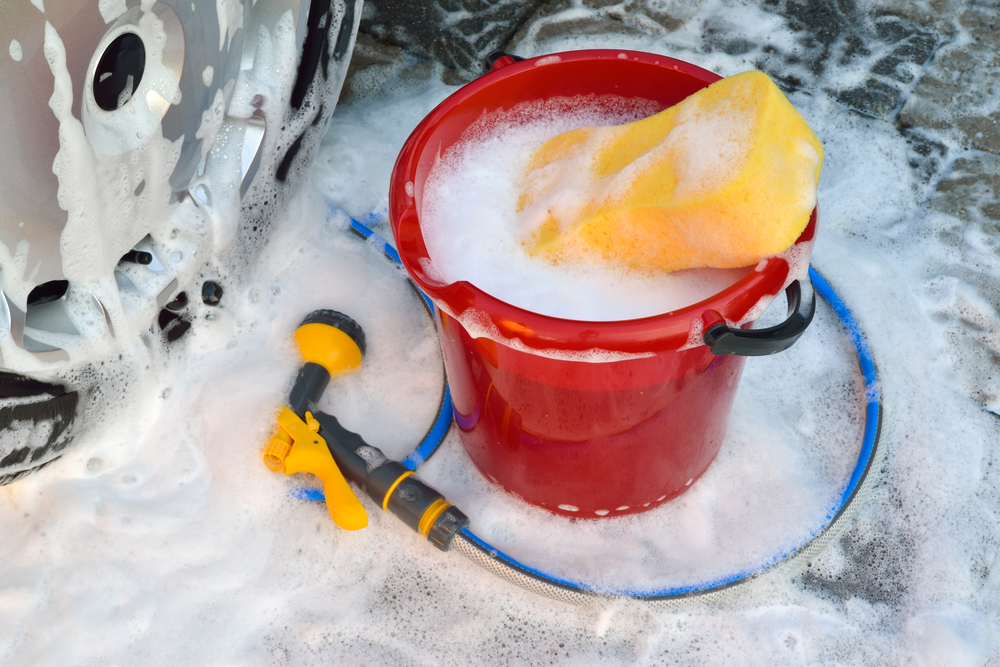
Using a single bucket for both washing and rinsing can reintroduce dirt and grime back onto your car. Adopt the two-bucket method: one bucket with soapy water and another with clean water for rinsing your sponge or cloth.
Using Harsh Chemicals
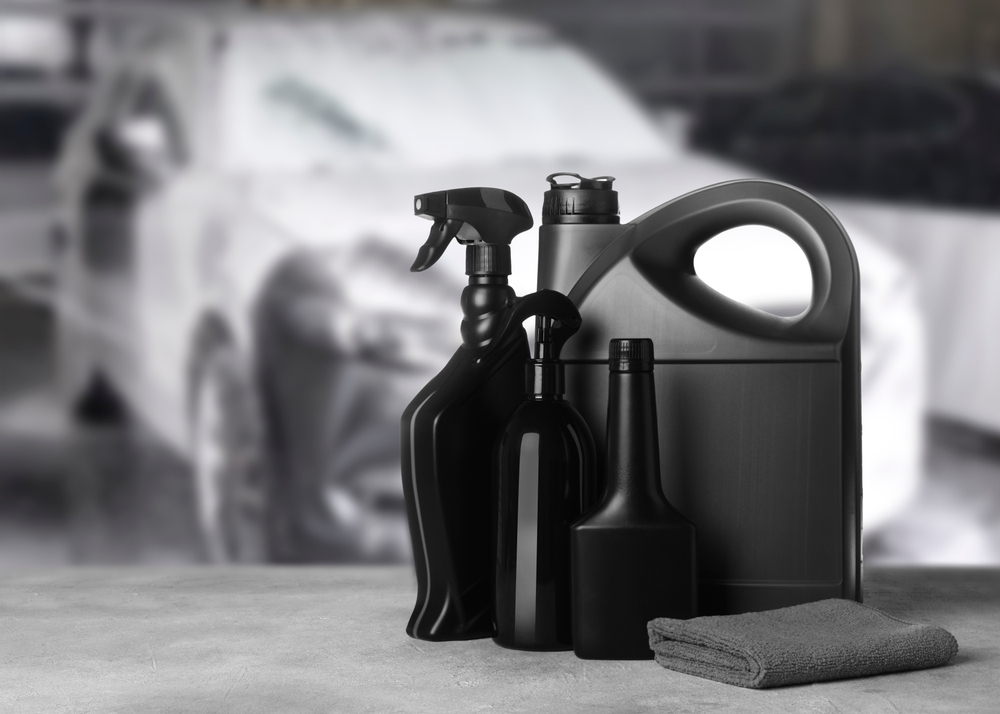
Harsh chemicals can strip protective layers and damage your car’s paint, trim, and rubber seals. Opt for car-specific cleaning products that are designed to be safe on automotive surfaces.
Not Rinsing Thoroughly
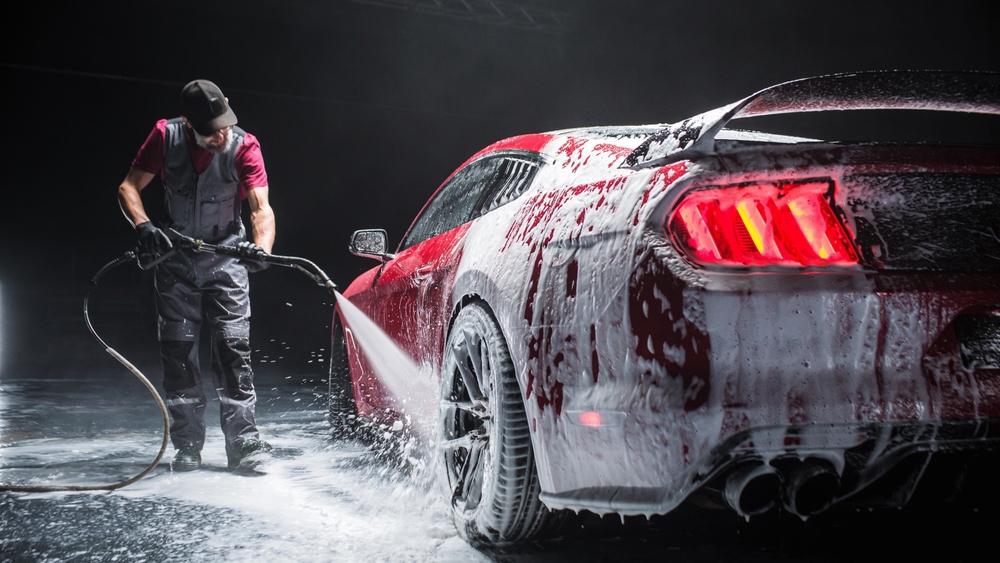
Inadequate rinsing leaves soap residue on the car, which can dry into streaks or spots. Thoroughly rinse all areas of the car with clean water to ensure no soap remains.
Using a Hard Bristle Brush
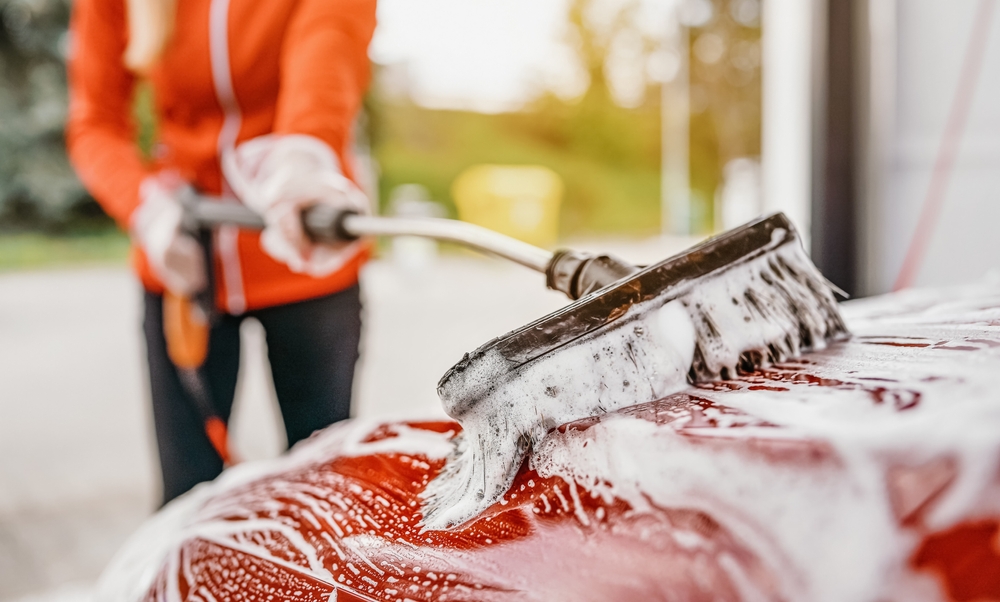
Hard bristle brushes can scratch the paint and should be avoided. Instead, use a soft microfiber mitt or sponge that will clean effectively without causing damage.
Ignoring the Wheels

Wheels accumulate brake dust, grime, and road debris that can corrode the finish over time. Clean them with a dedicated wheel cleaner and a soft brush to maintain their appearance and functionality.
Forgetting to Clean the Undercarriage
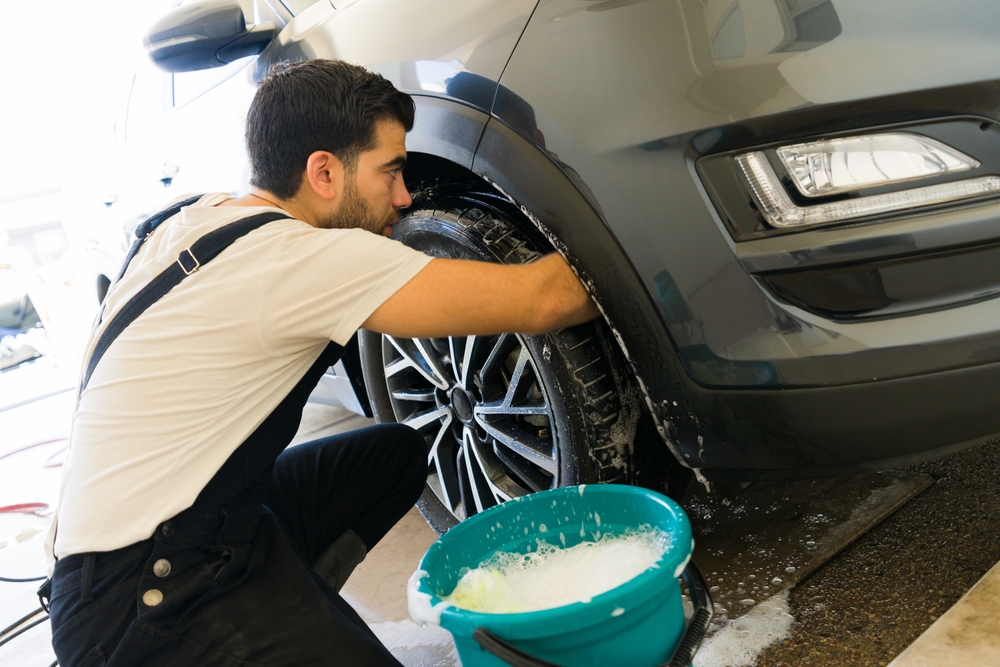
The undercarriage of your car is exposed to road salt, mud, and other debris that can cause rust and corrosion. Use a high-pressure hose to clean underneath your car, especially in winter or after driving on rough roads.
Using Too Much Pressure
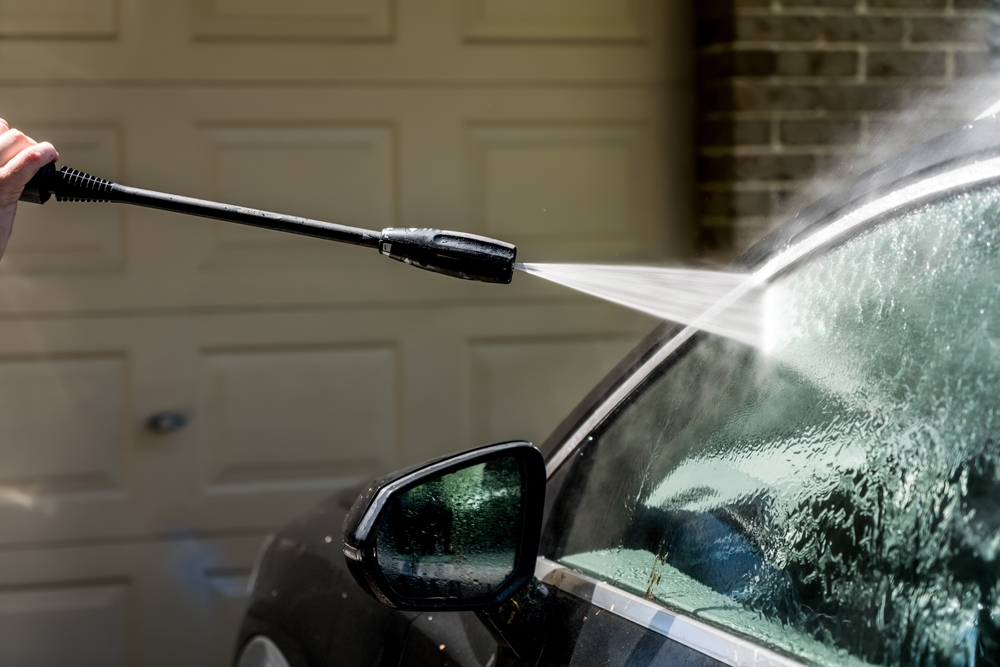
High-pressure washers can damage paint, seals, and trim if used too close or with too much force. Maintain a safe distance and use moderate pressure to avoid causing harm.
Not Drying the Car Properly
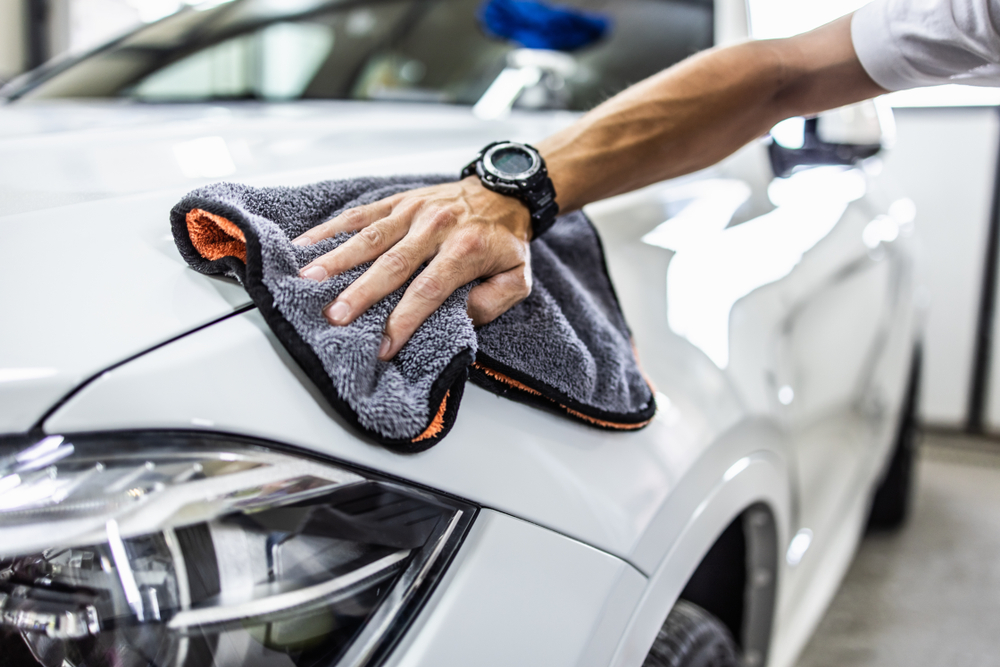
Air-drying can leave water spots that are difficult to remove. Use a clean, soft microfiber towel to dry your car, starting from the top and working down to avoid streaks and spots.
Skipping the Clay Bar
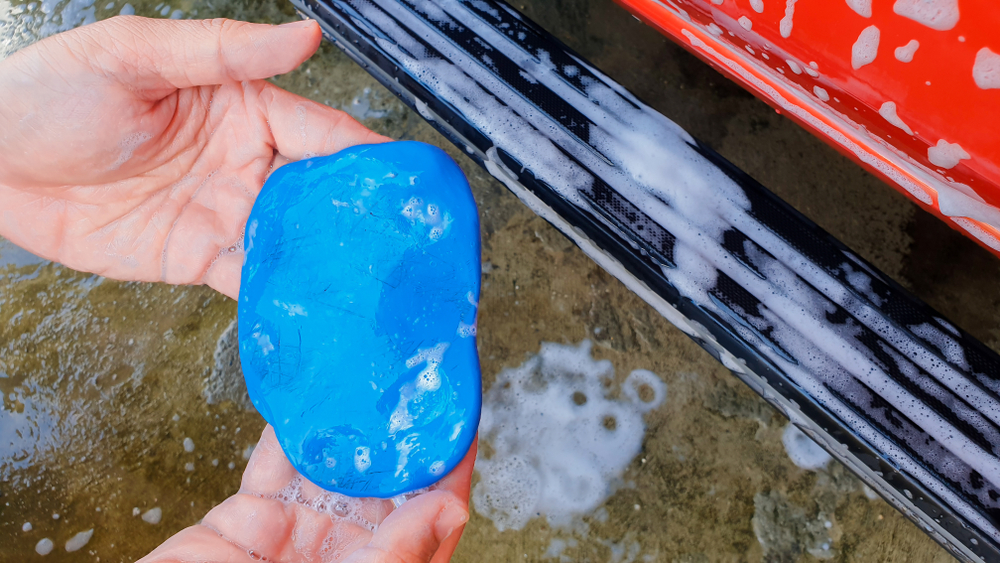
A clay bar removes embedded contaminants that washing alone cannot. Use a clay bar after washing to achieve a smooth, clean surface before waxing or polishing.
Not Waxing Regularly
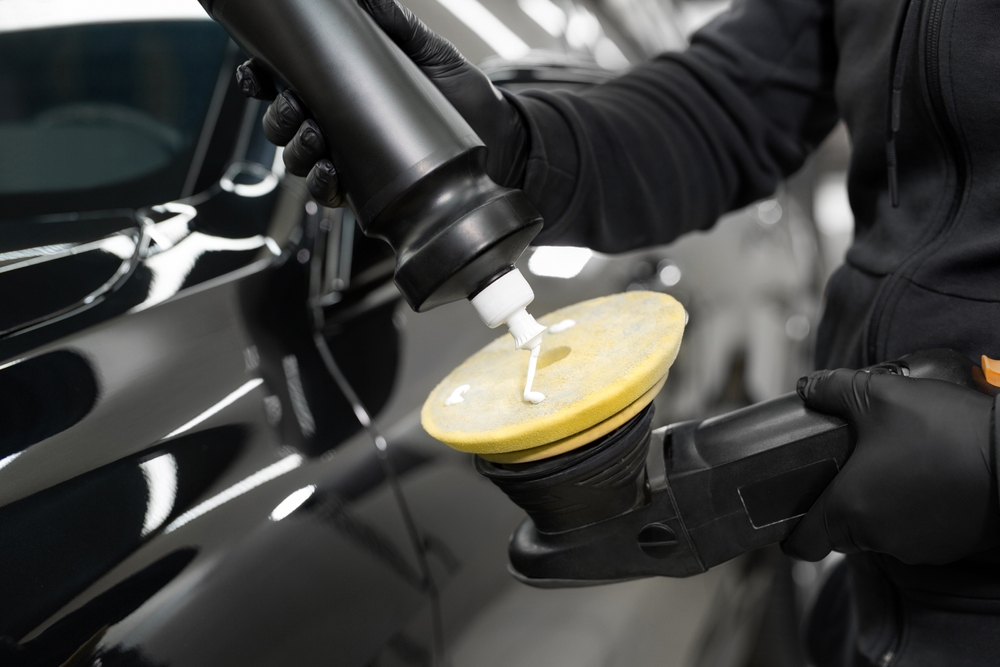
Waxing provides a protective layer that shields your car’s paint from UV rays, contaminants, and minor scratches. Wax your car every few months to maintain its shine and protection.
Not Cleaning the Interior
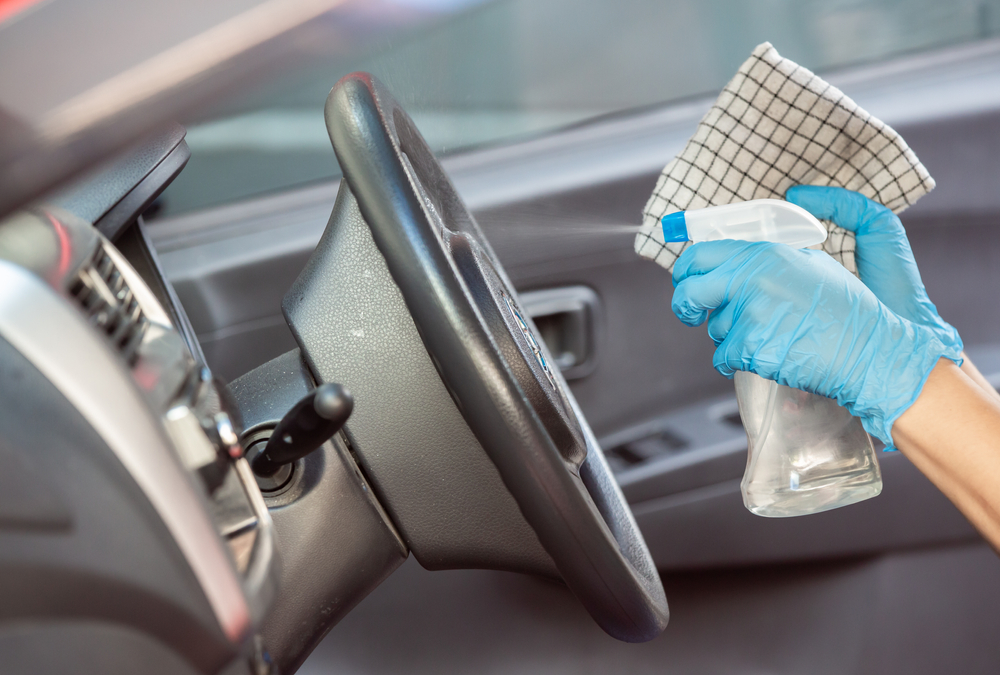
Dust and dirt inside the car can damage surfaces and reduce the vehicle’s overall aesthetic and comfort. Regularly vacuum and wipe down the interior with appropriate cleaners to maintain a clean and pleasant environment.
This article originally appeared in MyCarMakesNoise.
More from MyCarMakesNoise
10 Cutting-Edge Military Drone Innovations

The rapidly evolving landscape of modern warfare has seen military drones emerge as game-changing tools, redefining strategies and operational capabilities. Equipped with cutting-edge technologies, these unmanned aerial vehicles (UAVs) enhance precision, stealth, and efficiency in combat scenarios. Read More.
10 Public Transportation Systems That Were Abandoned

Public transportation systems have long been the lifeblood of bustling urban centers, providing essential connectivity and fostering economic growth. However, as cities evolved and new technologies emerged, many once-thriving transit systems fell into disuse. Read More.
15 Luxury SUVs Offering Unmatched Comfort and Style

In the realm of automotive excellence, luxury SUVs stand as the epitome of comfort and sophistication. These vehicles seamlessly blend high-performance capabilities with opulent interiors, creating an unmatched driving experience. Read More.

